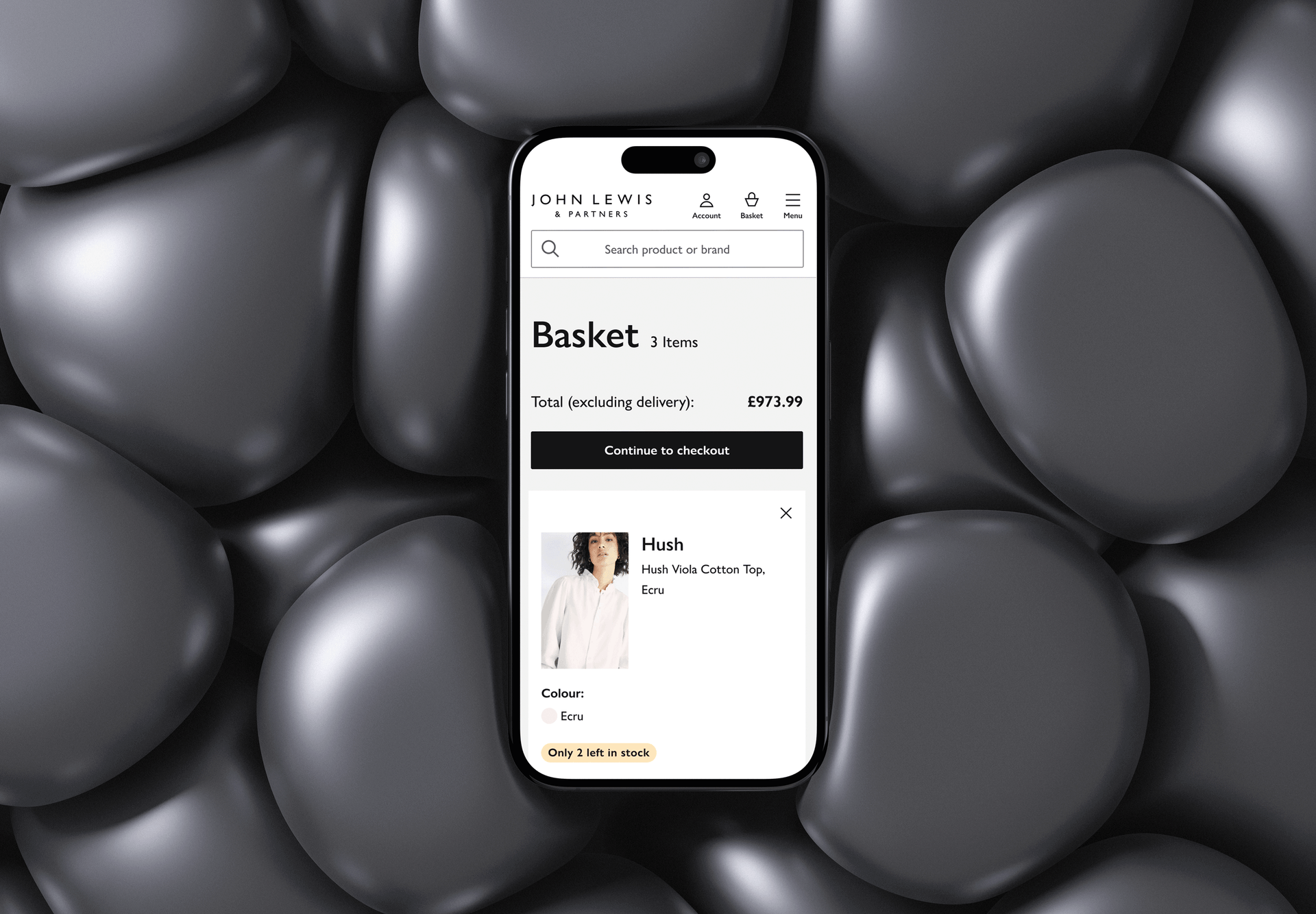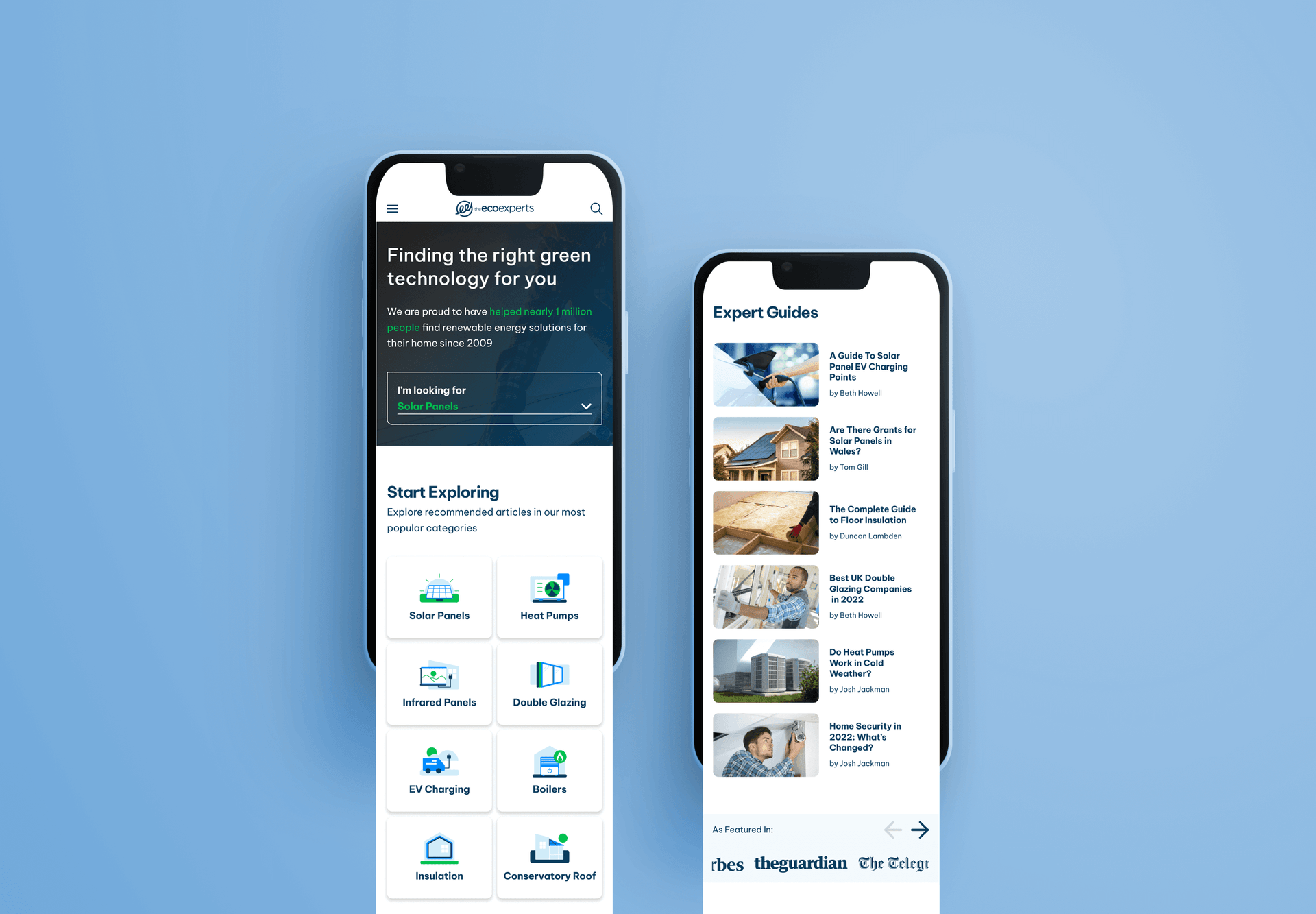2023/December
Unleashing the mighty power of design tokens
Streamlining design systems to maintain consistency and scalability
Reading 2 min

Ensuring consistency and scalability in design systems is critical. Design tokens have emerged as a powerful solution to standardize visual elements across various platforms, bridging the gap between designers and developers.
Understanding Design Tokens
Design tokens are atomic units of a design system that encapsulate visual properties such as colors, typography, spacing, and more. They serve as a common language between design and development teams, ensuring consistent design across different platforms and devices. By abstracting design elements into tokens, teams can easily update a single token (e.g., the primary brand color) and see that change reflected throughout the entire system, ensuring a cohesive and unified user experience.
Key types of design tokens
Colours:
Design tokens for colors define the palette used in a design system. They include primary, secondary, and accent colors, providing a centralized repository for color information.
Typography:
Typography tokens encompass font families, sizes, weights, and styles. By using typography tokens, designers and developers can maintain consistency in text styles across the system.
Spacing:
Design tokens for spacing specify the distances between elements, ensuring uniform alignment and layout. This includes values for margins, padding, and other spatial considerations.
Breakpoints:
For responsive design, tokens for breakpoints define the screen sizes at which the layout and styling of components adapt. This promotes a seamless user experience across different devices.
Figma and Design Tokens
Figma, a leading cloud-based design tool, acknowledges the significance of design tokens and provides features to support their implementation.
Styles:
Figma allows designers to create and manage styles for various design elements. These styles act as design tokens, encapsulating visual attributes such as colors, typography, and effects.
Team Libraries:
Figma's Team Libraries enable the creation of shared design systems. Design tokens are stored within these libraries, ensuring that all team members have access to the latest styles and can easily implement them in their designs.
Auto Layout:
Figma's Auto Layout feature simplifies the management of spacing tokens. By using Auto Layout, designers can create flexible and responsive designs, ensuring that spacing adjusts automatically based on content and screen size.
Variants:
Figma's Variants feature allows designers to create component variations with different states, reducing the need for duplicate components. This helps maintain a cleaner design system while still accommodating diverse use cases.
Collaboration and Iteration
Figma's real-time collaboration capabilities further enhance the design token workflow. Designers and developers can work concurrently, making adjustments and improvements to the design system in a collaborative environment. This iterative process promotes efficiency and ensures that the design system evolves organically over time.
In conclusion
Design tokens play a pivotal role in establishing and maintaining design systems. By encapsulating visual properties into reusable tokens, teams can achieve consistency, scalability, and efficiency. Figma's robust features, such as Styles, Team Libraries, Auto Layout, and Variants, empower designers to implement and manage design tokens seamlessly, fostering collaboration and accelerating the design-to-development workflow. As design systems continue to evolve, the integration of design tokens in tools like Figma will remain instrumental in creating cohesive and user-friendly digital experiences.



